If you’ve ever heard someone describe their coffee as “juicy with medium acidity and a full body” and thought… what on earth does that mean? You’re not alone. The world of speciality coffee can sometimes sound like a wine tasting, full of terms that feel out of reach if you’re just getting started.
The good news? It’s not actually that complicated. Once you learn what these tasting terms mean, you’ll start to notice things in your cup that were always there, you just didn’t have the language for them yet.
Here’s a simple guide to understanding the four key elements of tasting coffee: body, acidity, aroma, and flavour.
Body
Body is all about how the coffee feels in your mouth. Think of it like texture.
Is it light and tea-like? Smooth and silky? Heavy and almost syrupy? That’s the body.
-
A light-bodied coffee feels clean and refreshing, like water or white tea
-
A medium body tends to feel round and balanced, like whole milk
-
A full-bodied coffee is rich and coating — think of the mouthfeel of cream or dark chocolate
Body is influenced by the coffee’s origin, how it’s roasted, and how you brew it. For example, a French press will usually bring out more body than a pour-over.
Acidity
This is one of the most misunderstood parts of coffee tasting.
Acidity doesn’t mean sourness, and it’s not a bad thing. In coffee, acidity refers to the brightness and liveliness of the flavour. It’s what gives your cup sparkle and clarity, especially in lighter roasts and African coffees.
Here’s an easy comparison:
-
Low-acid coffee is smooth and mellow. Great for those who prefer chocolatey or nutty flavours.
-
High-acid coffee is often described as crisp, juicy, or tangy, like biting into a green apple or sipping citrusy tea.
A good example? Our Morning Mist from Kenya is known for its bright, citrus-like acidity that makes each sip feel refreshing and vibrant.
Aroma
Aroma is what you smell when you open the bag or take that first breath over your cup.
It might remind you of chocolate, toasted nuts, berries, florals, or even spices. Our Rainforest Sunshine, for example, has an inviting aroma of malty sweetness and caramel, it smells like comfort.
Aromas are deeply connected to flavour, and they often help your brain identify what you're tasting. The more you slow down and smell your coffee, the more complexity you’ll begin to notice.
Flavour
This one’s simple, flavour is what it tastes like. But in the world of speciality coffee, it’s not just “coffee-flavoured.”
You might pick up notes of citrus, honey, red berries, milk chocolate, or toasted almond. These flavours aren’t added, they come naturally from the bean’s origin, processing method, and roast.
One tip: don’t overthink it. If a coffee reminds you of orange peel, raisins, or hazelnuts, that’s your personal flavour experience, and that’s exactly the point.
You don’t need a trained palate or a fancy tasting notebook to enjoy good coffee. Just start by paying attention. Next time you brew a cup, ask yourself:
-
What does it feel like? (Body)
-
Does it taste bright or mellow? (Acidity)
-
What do I smell before I sip? (Aroma)
-
What flavours do I notice as it cools? (Flavour)
With time, you’ll find that tasting coffee becomes more than a daily routine, it becomes an experience. And once you learn how to taste it, you’ll never settle for “just coffee” again.


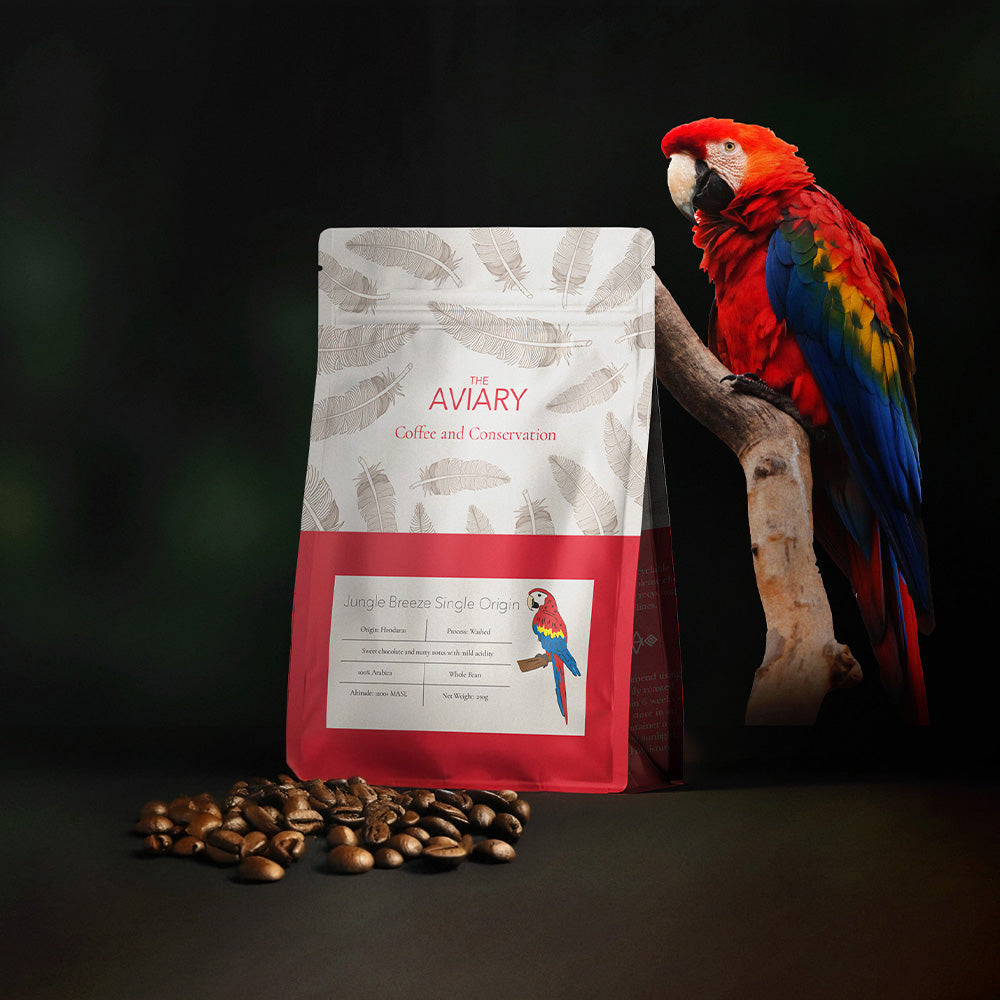


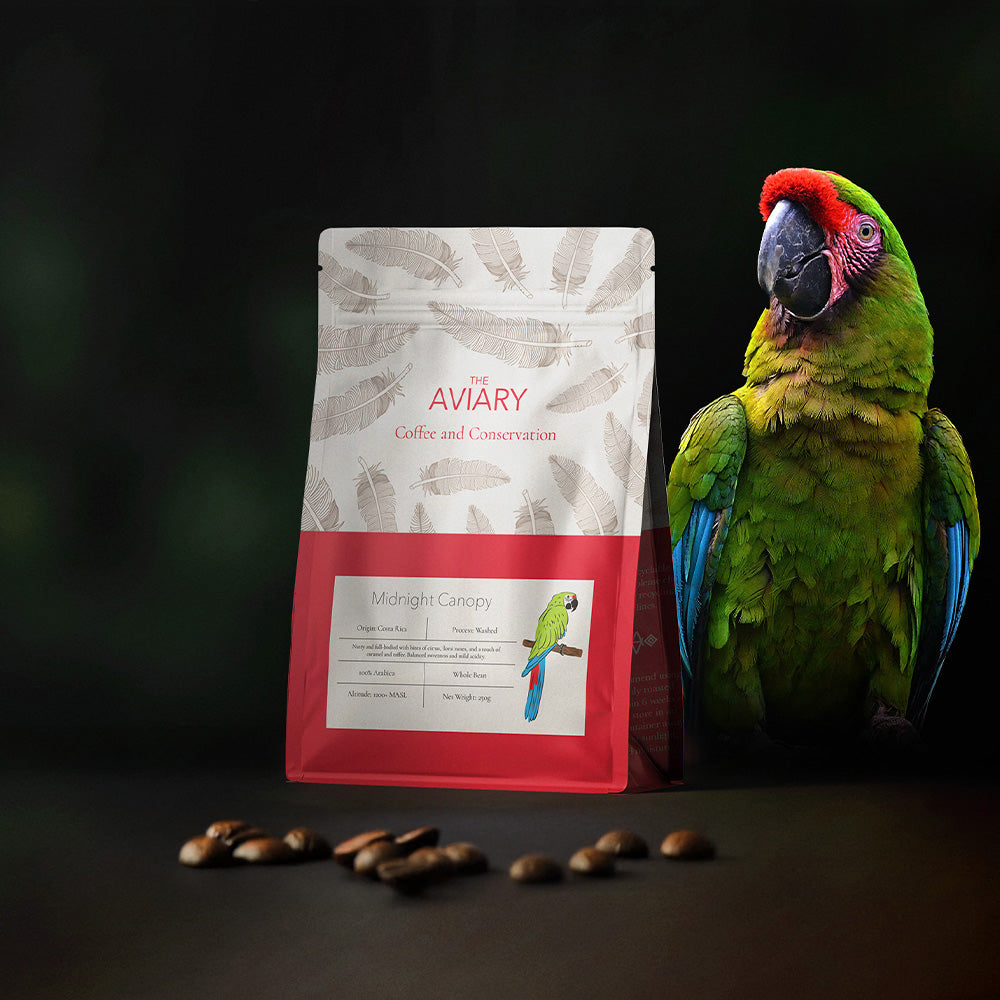
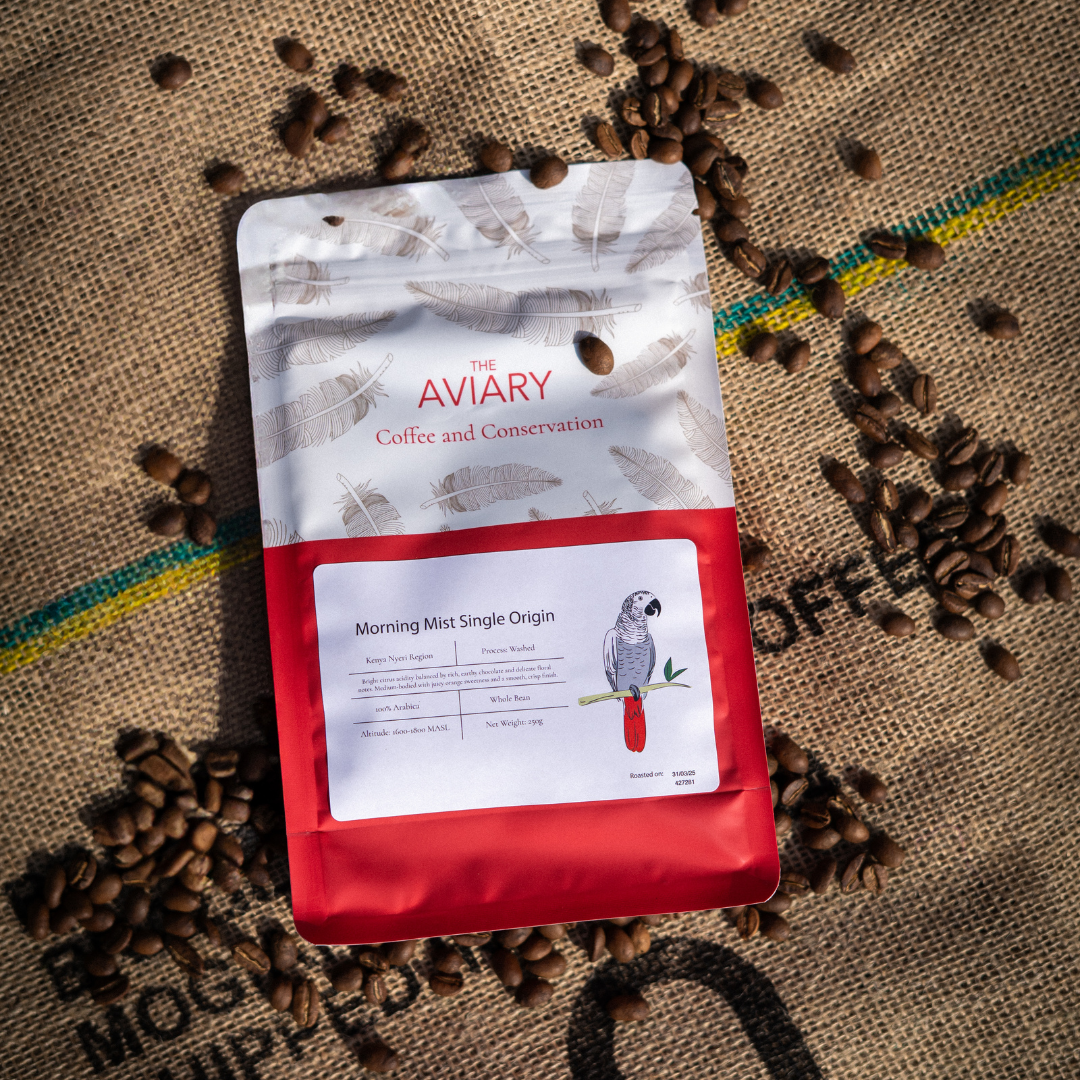
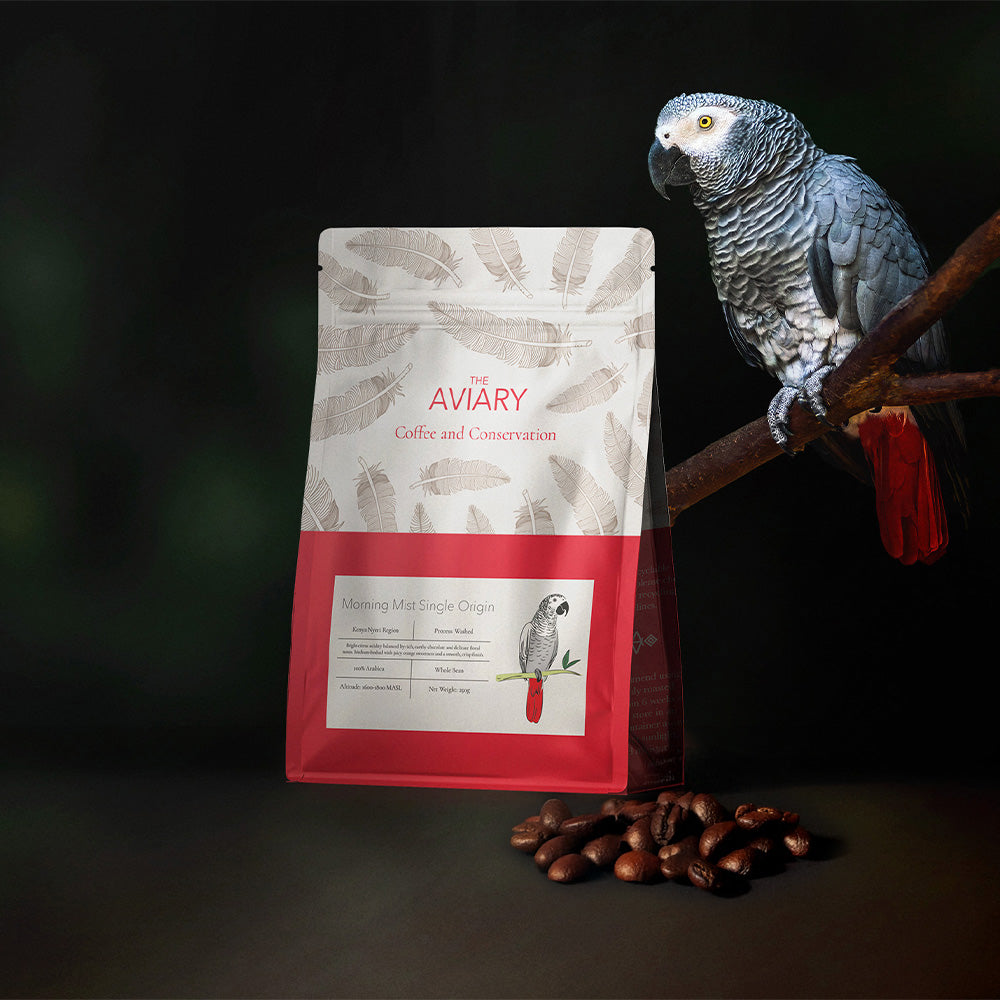

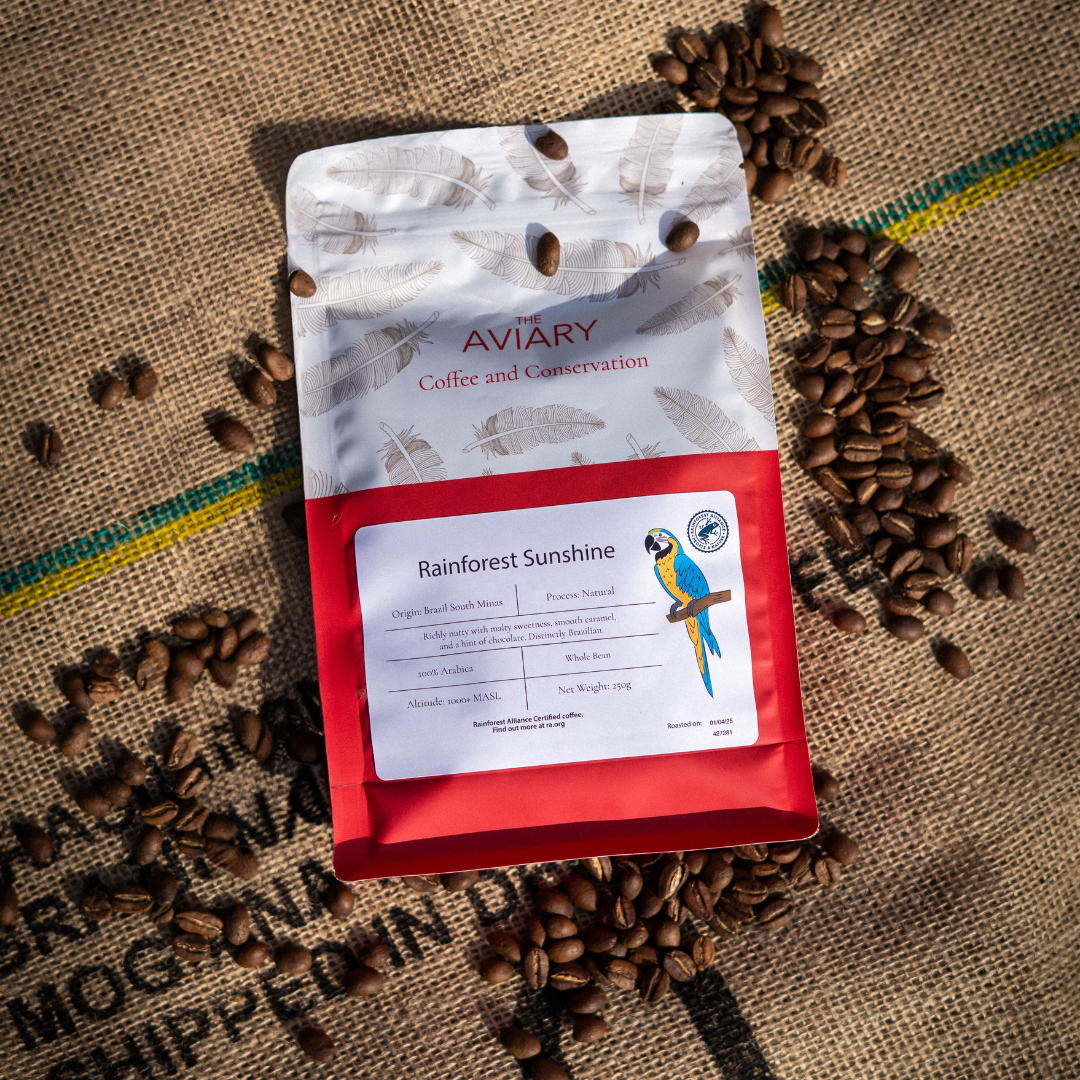
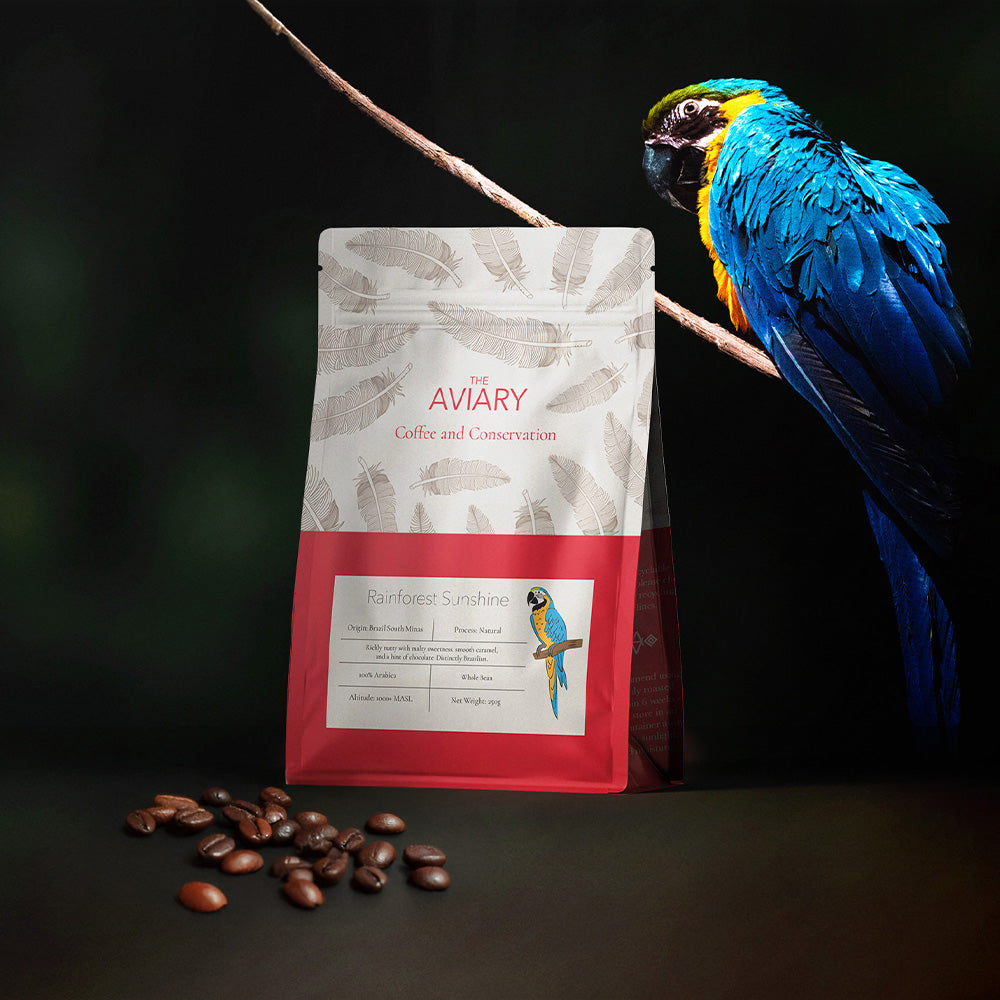


0 comments